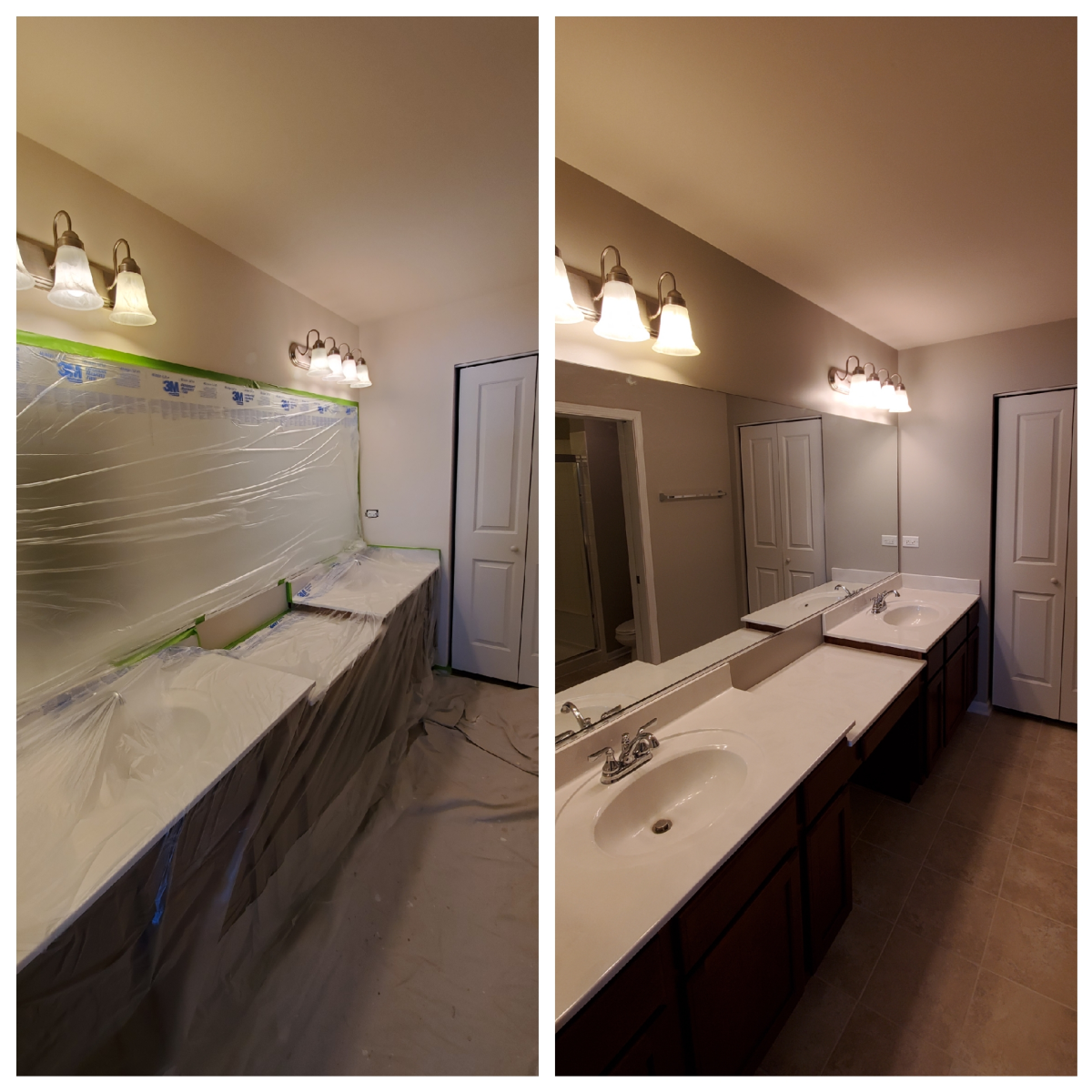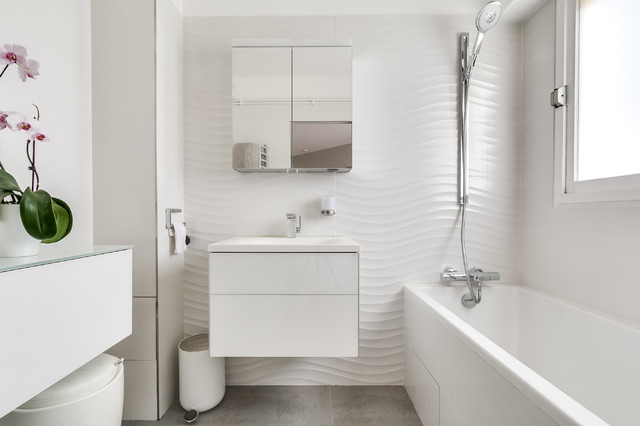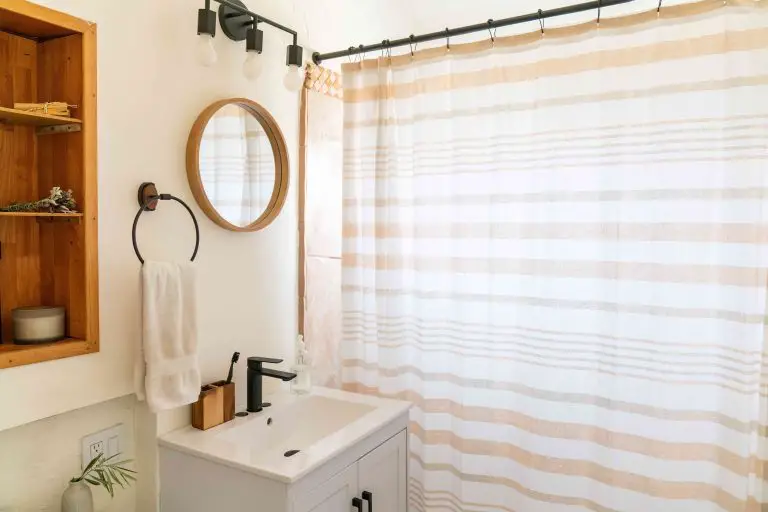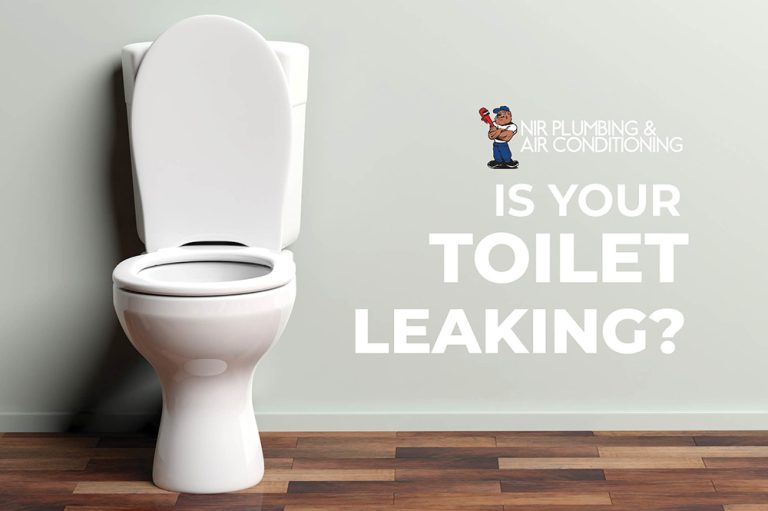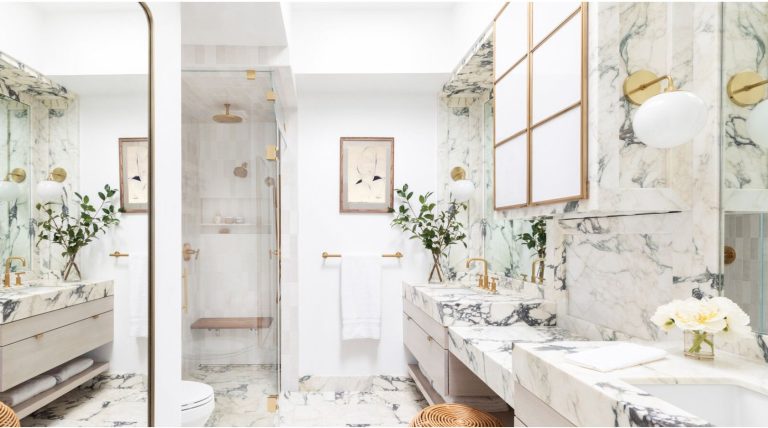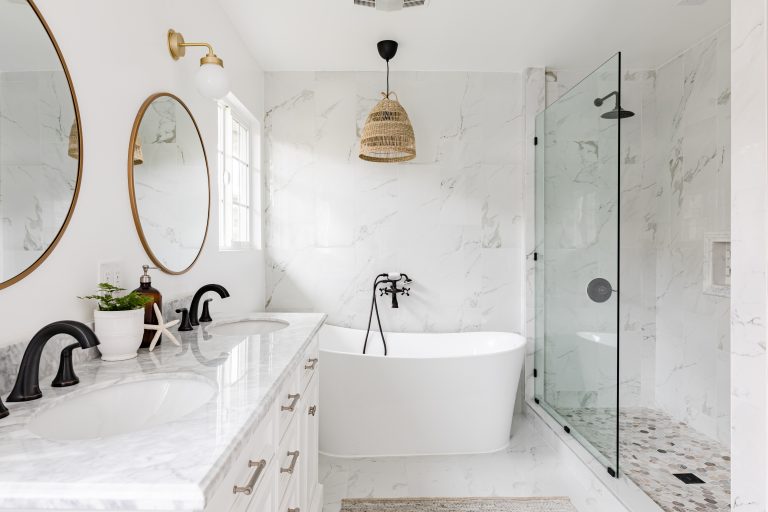What Is The Best Method To Paint A Bathroom?
When it comes to painting a bathroom, the best method to use is to use a primer first and then a water-based paint, such as acrylic or latex. The primer helps to seal the surface and creates a base for the paint to stick to. It also helps to fill in any cracks or other surface imperfections, making the job easier for you. Once the primer is dry, use a roller, brush, or sprayer to apply the paint in an even layer. Be sure to use two coats of paint for the best results. Finally, wait a few days before using the bathroom, to allow the paint to completely dry and cure.
Preparing the Bathroom for Painting
Painting the bathroom can be a daunting task, but it doesn’t have to be! Preparation is key for a successful paint job. To start, make sure the room is free of any clutter or furniture. If you have a shower or bathtub, cover it with plastic sheeting to protect it from any paint splatter. Next, remove all of the hardware like door handles, towel racks, and switch covers. Next, seal any gaps and cracks with caulk and use putty to fill in any holes. Finally, sand down any rough patches and use a damp cloth to wipe away any dust or debris. With these steps, you’ll be ready to begin painting and enjoy the refreshed look of your bathroom!
Choosing the Right Paint for a Bathroom
When it comes to choosing paint for a bathroom, there are multiple factors to consider. Not only do you need to decide on a color that you love, but you also need to make sure it can withstand the high humidity and moisture levels that are typical of bathrooms. Additionally, the type of paint you choose should be resistant to mildew and mold, as well as easy to clean and maintain. Paints with a gloss or semi-gloss finish are most often used in bathrooms, as they are more resistant to moisture than flat or satin paints. It’s also important to choose a paint that is low in volatile organic compounds (VOCs) as they can be harmful to your health. With the right paint, you can ensure your bathroom looks great and lasts for years to come.
Inspecting the Bathroom for Necessary Repairs
The bathroom is an essential part of any home, and it’s important to inspect it periodically for necessary repairs. Whether it’s a leaky faucet, a clogged drain, or a cracked tile, these types of issues can lead to bigger problems down the road. Regularly inspecting your bathroom can help identify any issues early on and make sure they get fixed quickly and efficiently. From checking the plumbing to inspecting the walls and floors, taking the time to do a thorough bathroom inspection can help ensure it’s in top condition and functioning properly. Plus, it can help you avoid any costly and unnecessary repairs in the future.
Priming and Sealing the Walls
Priming and sealing walls is an important step when painting a room. Priming is used to ensure that the paint adheres properly to the surface and seals the wall against moisture, dirt, and other contaminants. It also helps to hide any existing imperfections and can even out the color of the walls. Sealing the walls with a clear sealant after priming helps to extend the life of the paint job and prevents any dirt or moisture from seeping in. Taking the time to prime and seal the walls before painting can save you time and money in the long run, and give you a beautiful, professional-looking finish.
:max_bytes(150000):strip_icc()/Should-you-use-bathroom-paint-1821382_color_anim_rev_source-Final-12dd6980e1ad46af9376b52cd3d882e5.jpg)
Applying the Paint
The art of applying paint can be a tricky one. It requires an understanding of the surface that is being painted and the tools that are required to get the job done. With the right techniques, paint can be applied to achieve a variety of looks and finishes, from a shabby chic finish to a glossy, professional finish. Knowing which brush or roller to use, the right amount of paint to use, and how to properly prepare the surface are all essential components of a successful paint job. With the right preparation and technique, anyone can achieve a high-quality, professional paint job that will last.
Touching Up and Finishing
“Touching Up and Finishing” is the key to a successful project. It’s the last step in the process, but it’s also one of the most important. This is the stage where you take all the pieces you’ve worked so hard to perfect and put them together to create the finished product. Here, you make sure everything looks and feels right, from the color to the texture, and that all the elements fit together seamlessly. With Touching Up and Finishing, you have the chance to make the project your own and turn it into something truly special.
Cleaning Up After Painting
Painting can be a rewarding and enjoyable activity, but when it comes time to clean up it can be a bit of a chore. Cleaning up after painting involves more than simply washing out the roller, brush, and tray. It also involves taking the extra steps to ensure that the job was done properly and that all surfaces are clean and free of paint. This includes wiping down walls and surfaces with a damp cloth, cleaning off any splatters or spills, and ensuring that all tape has been removed. With a few simple steps, you can ensure that your painting project looks as good as new!
Maintaining the Paint Job
Maintaining the paint job of your car is an important part of keeping your vehicle looking its best. Regular washing, waxing, and polishing can help keep the exterior of your car looking great. Additionally, preventive maintenance like rust protection and periodic touch-ups can help keep your paint job looking fresh and new. Taking the time to properly care for your paint job can help keep your car looking its best and help protect its value.
FAQs About the What Is The Best Method To Paint A Bathroom?
1. What type of paint should I use for painting a bathroom?
Answer: For a bathroom, it is best to use water-resistant paint that is specifically made for bathrooms, such as epoxy-based paint or paint that has a mildew-resistant finish.
2. What type of primer should I use before painting a bathroom?
Answer: Before painting a bathroom, it is important to use a good quality primer that is specifically designed for use on bathroom walls. This will help ensure that the paint adheres to the surface and that the paint job lasts longer.
3. How often should I repaint my bathroom?
Answer: Generally speaking, it is recommended to repaint your bathroom every 3-5 years depending on the condition of the existing paint job. It is also important to touch up any chips or scratches to the paint on a regular basis.
Conclusion
The best method to paint a bathroom depends on the condition of the walls, the size of the room, and the desired finish. Generally, a primer should be applied first followed by two coats of high-quality paint. If the walls are in bad condition, drywall repair should be done prior to painting. For high moisture areas like a shower, use a semi-gloss or satin finish paint for increased durability. Proper prep work and quality paint will ensure a beautiful, long-lasting paint job.

